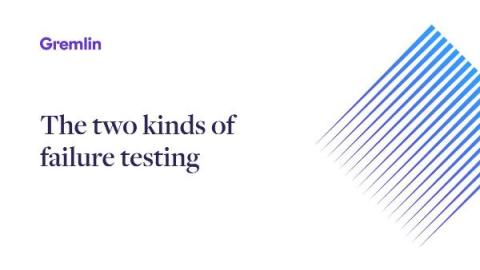How to use host redundancy to improve service reliability and availability
Cloud computing has made provisioning new servers easy, fast, and relatively cheap. Almost anyone can log into a cloud console, spin up a new server, and deploy an application. And if they need greater uptime, major cloud providers include all kinds of settings, services, and configurations to add fault tolerance and failover. So why is it that many services fail when a single server instance fails?











